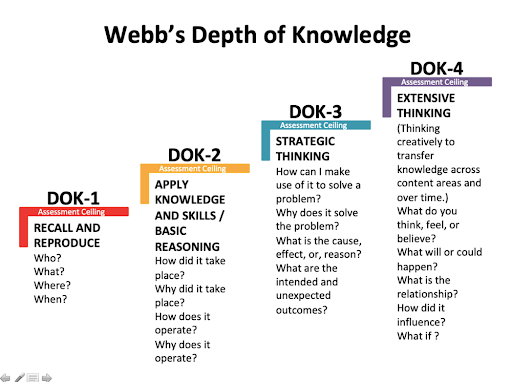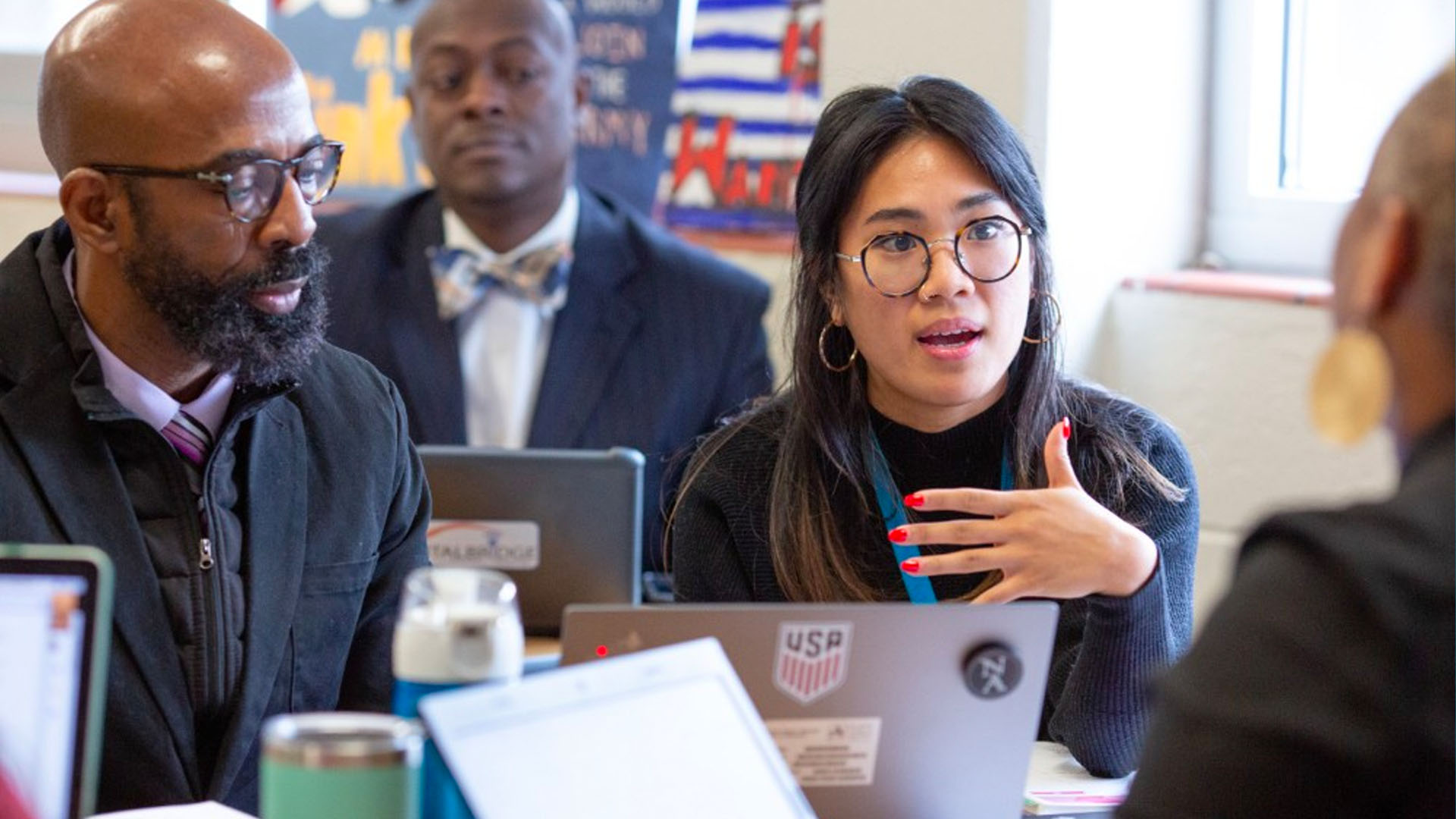When I first begin a session with a new team, my spidey-senses are on red alert: I’m listening to see how similar-to-identical the members’ visions are. Early on, I am either pleasantly surprised by the use of common vocabulary, examples, descriptions, and reactions, or (most frequently) predictably ready to facilitate activities and conversations that help the team members…speak the same language, if you will. Working in teams is hard, and thriving in teams is even harder. But, with purposeful planning from leaders, reflective, calibrating conversations can make the entire process so much smoother. Starting a process often proves to be easier than maintaining clarity on what the process is, exactly. When we apply this idea to structures like professional learning communities or curriculum development, often the lack of clarity in terms of vocabulary, expectations, and appropriateness of conversation hinder teams’ abilities to truly dive deep around student-centered responses to data. We know that for true learning and application to occur, learners need opportunities to process, discuss, and essentially manipulate content. Webb’s Depth of Knowledge level 2 uses verbs like categorize, compare, relate, and show to express the importance of learners not merely identifying information, but then manipulating it somehow through activities and discussions.

We have spent a great deal of time over the past several years unpacking Webb’s Depth of Knowledge and then connecting the content to learning in our classrooms (and if you’re interested in learning more, I recommend you check out this DOK blog series by NIESC Director of Professional Development, Michelle Grewe). But are we doing enough to take these same learning concepts and apply them to adult learning, in particular, around improving our PLC processes? Sometimes I work with teams who are in the creation phase of their professional learning communities, but more often, I coach and support teams who need revisioning, re-alignment, re-organization. Sometimes I feel like a cross between Marie Kondo and a chiropractor–for their processes, that is.

And one key alignment issue I see again and again is the lack of clarity around what should and should not occur in a PLC meeting. Leaders know (because they have observed and listened) that some of their teams just do not enter into critical discussion land around data, student work, and transforming teacher practice. As leaders, they’ve identified a need for revisioning, but they aren’t always sure what to do. One simple way that leaders can realign is through activities that create calibration. Calibration is the term we often use to describe discussions or processes where two or more educators are sharing what they believe to be accurate (or an expectation) and then comparing it to their teammates. When grading performance tasks, it’s necessary to calibrate scoring with a rubric to verify the consistency of the team. When trying to grow our PLCs, we need to create calibration activities where teachers are asked to categorize, sort, compare, and show–to see and hear just exactly what they are thinking. “Is This PLC Appropriate?” protocol is a simple process I created this fall for a district team I’m working within Central Indiana. Here’s how it works:
- Think of 12-16 comments, phrases, or questions that you want and do not want to hear in a PLC meeting
- Using Google Slides or Powerpoint, type 1 comment, phrase, or question per slide
- Divide your large group into groups of 3-4
- Give each group their own set of the cards, printed out
- Ask teams to read through the comments, phrases, and questions together, and then sort them into two piles: PLC or Not PLC
- Give the teams 10 minutes to discuss and sort
- Next, have teams rotate clockwise around the room to notice what other groups determined about the cards
- When all teams are back to their original tables, choose several comments, phrases, or questions to process through as a whole group
When trying to grow our PLCs, we need to create calibration activities where teachers are asked to categorize, sort, compare, and show – to see and hear just exactly what they are thinking.
You can use the questions created in this slide deck, or, based on what you are hearing in your PLCs, create your own. Rather than you, the building leader, being the one to create the questions, you could ask your PLC leaders to generate the list, and then you facilitate the activity. The key is that the teams have to sort, categorize, discuss and compare. The goal is not to have everyone get the same answers; the goal is to give your team a process to calibrate and think. The next time you feel there might be misconceptions or a lack of clarity around and expectation related to PLCs, trust your gut–there probably is. Before you jump in to tell your team what to do or “fix” try using an active discussion protocol to provide your learners more of an opportunity to create a clearer understanding, together.
Resources
Please login or register to claim PGPs.
Alternatively, you may use the PGP Request Form if you prefer to not register an account.



